Delhi
Ashokan Rock Edict – Delhi
In the year 262 BC, having been on the throne for eight years, the emperor Ashoka raised a great army and moved against the independent…
Jammu & Kashmir
Ladakh – An Introduction
In the far north of India set within the Himalayas lies Ladakh. Known as “Little Tibet”, it is a land of dramatic landscapes and mystical Buddhist…
Return to Lamayuru
Lamayuru has a mystique quite unlike any other Ladaki monastery. For me it’s probably the spectacular setting that instills this feeling, remote and isolated, and…
Phyang Gompa
Phyang Gompa lies 13km west of Leh, standing on a crag overlooking the village of the same name, and accessed via a 4km long straight…
Return to Chemde Gompa
My previous visit to Chemde Gompa last year was a mixed experience. Without doubt it is in one of the post picturesque settings imaginable, with its…
Tak Tok (Thag-Thok) Gompa
Thag-Thok (also spelled Tak Tok, or Thak Thok) is a relatively small monastery just beyond Saki, about 50km east of Leh. Visiting it could be…
Return to Basgo
Last year during my first visit to the Ladakh region I was totally captivated by Basgo. It was without doubt my favourite location for a…
Jokhang Gompa
Jokhang Gompa is a large modern gompa just around the corner from Leh’s Main Bazaar. It”s also the location of the Ladakhi Buddhist Association, a conservative…
Matho Gompa
Matho is certainly off the popular tourist trail and rarely sees any visitors. Nestled high up on a crag on the far side of the…
Wanla Gompa
Wanla Gompa is an ancient and historic monastery believed to date back 1,000 years to the time of Richen Zangpo, who was one of the greatest…
Rizong Gompa
Rizong is one of Ladakh’s newest and most isolated Gompas. Founded in 1833, there are no settlements nearby and the monastery enforces a very strict…
Mangyu Gompa
Mangyu Gompa is one of Ladakh’s most historic monasteries, but is often one that is overlooked by those visiting the region and exploring the sites…
Soma Gompa
Soma Gompa is the easiest to find of the four temples that are considered part of the Leh palace complex. It sits just below the…
Guru Lhakhang
Guru Lakhang is one of four temples that are considered part of the Leh palace complex in Ladakh. It is probably the hardest to reach…
Chenrezig Lhakhang
The Leh palace complex includes four temples that reside just below the palace itself, running along the ridge that overlooks the crumbling old town. Access…
Temisgam Gompa
Located 57 miles from Leh and 2 miles off the highway from Nura, Temisgang was once a capital of western Ladakh. There’s little to suggest…
Namgyal Tsemo Gompa – Leh
Located high up on the crest of a ridge overlooking Leh Palace, the imposing red building of Namgyal Tsemo Gompa can be seen from just…
Spitok Gompa
Spitok Gompa is perhaps one of the most beautifully sited monasteries in the whole of Ladakh, possibly only bettered by Chemde Gompa. Despite being located…
Shanti Stupa
Built by the ‘Peace Sect’, an association of Japanese Buddhists, the Shanti Stupa crowns a hill on the western edge of the Leh valley. A…
Hemis Festival 2015 – Day 2
Having attended Day 1 of the Hemis Festival I was a little unsure what to expect from the second day. I arrived early again, and it…
Hemis Festival 2015 – Day 1
According to the Tibetan calendar, the great annual festivals held in the villages of Ladakh takes place in winter, with the exception of thseshu held…
Saspol Caves – Ladakh
Ladakh contains some amazing monuments of Tibetan medieval culture, perhaps the most famous and most visited among them being the temple complex at Alchi. But with…
Thikse Gompa
Thikse is 19km from Leh, and was my second stop on my tour of Gompas south of the town. My gompa hopping list for the…
Diskit Gompa
Diskit monastery dates back to the 15th century and is Nubra’s most historic monument. Situated 150m above the village, the zig-zag road up passes by…
Samstanling Gompa
Samstanling Monastery lies between the villages of Kyagar and Sumur in the Nubra Valley. The monastery was founded in 1841 by Lama Tsultrim Nima, and is currently home…
Basgo
Basgo is 40km from Leh and well worth paying a visit, particularly in the evening light when the orange-red tint of the rocks look their best…
Likir Gompa
Likir lies 53km from Leh, and is a must visit gompa if you’re in the region in order to see its colossal open-air Maitreya (Future…
Alchi Gompa
Alchi, 69km from Leh, is in a class of it’s own when it comes to temples. Sited unusually on flat ground. The 12th century shrines,…
Lamayuru Gompa
Lamayuru is 125km north from Leh, and formed the final destination of my second day excursion from the town, “gompa hopping”. The itinerary for the…
Hemis Gompa
Despite it’s remote location, 43km from Leh, Hemis Gompa is Ladakh’s most famous and most frequently visited monastery. It’s famous for it’s mask dance festival…
Chemde Gompa
Chemde lies 45km south of Leh. Nestled on a pyramidal hill, the approach to the monastery will get every photographer itching to get out and…
Stakna Gompa
Stakna is another hilltop monastery 25km from Leh, built in 1580. I attempted to access it from Hemis, but unfortunately the road was not great…
Shey Gompa
I set aside a day to tour the Gompas that lie alongside the Indus river running south from Leh. This made for a perfect day…
Madhya Pradesh
Sanchi – Remaining Monuments
In total there are 50 monuments within the Sanchi complex, each structure regardless of its form was numbered from 1 to 50 by Sir John…
Sanchi – Stupa 3
Situated less than 50m to the north of Stupa 1, Stupa 3 is the first monument you will pass having entered the Sanchi complex. Although…
Sanchi – Stupa 2
Sanchi Stupa 2 has a wonderful setting, located next to a man made pond/tank with open views to the west. This stupa is somewhat detached…
Sanchi – Stupa 1
Sanchi is unique in having the most perfect and well preserved stupas anywhere in India, with monuments spanning from the 3rd century B.C. to the…
Heliodorus Pillar – Vidisha
The Heliodorus Pillar is a column that was erected on the outskirts of Vidisha in central India in about 113 B.C. and is considered to…
Maharashtra
Shivneri Buddhist Caves – Junnar
The town of Junnar, 80km north of Pune in Maharashtra, has been an important trading and political centre for at least the last two millennia.…
Cave 26 – The Forgotten Birthplace of Bhaja Caves
Situated less than 100m south-east of the Bhaja Buddhist Caves complex in Maharashtra is one of the regions best kept secrets, and a site that…
Patan Caves
Located on 1.5km north-east of Visapur Fort and 1.9km east of Bhaja Caves in Maharashtra, the village of Patan has three known rock-cut Buddhist excavations.…
Yelghol Caves
Located 1km south-west of Yelghol village in Maval Taluka in Pune District, Yelghol Cave is a Buddhist rock-cut excavation modifying what was a pre-existing natural…
Maan Cave – Pune
In previous blog posts I have featured both the well-known and somewhat obscure cave sites of Pune. Most Punekars will be familiar with the circa…
Vrudeshwar Cave Mandir – Pune
As some of you may know, in a previous life I was a Director of Software Quality for large computer security company. With a group…
Parvati Cave – Pune
Ask any Punekar what is the oldest surviving structure in Pune city, and they are likely to respond with Pataleshwar Caves. Situated on Jangli Maharaj…
Bhamchandra Caves – Bhamboli
Bhamchandra Caves are a set of rock-cut excavations located near Bhamboli, 40 km north of Pune in Maharashtra. There are six caves in total at…
Bhandara Caves – Induri
Bhandara Caves are a small set of modest Buddhist excavations located on Bhandara Hill near Induri, 36 km north-west of Pune in Maharashtra.
Firangai Cave Temple – Nanoli Hill
My annual visit to Pune this year continued my ongoing project to visit the many cave temples that exist in the region. Having already visited…
Ghoradeshwar Caves
Also known as Ghorawadi, Ghorawdeshwar and Shelarwadi Caves, Ghoradeshwar Caves are a small group of rock-cut excavations about 32 km north-west of Pune, close to…
Kanheri Caves – Mumbai
Located deep within the Sanjay Gandhi National Park in Mumbai, Kanheri Caves are a group of 109 Buddhist rock-cut monuments dating from the 1st -…
In Search Of The Elephanta Stupa
Elephanta Island is home to one of the finest rock-cut temples in India, and any visitor to this small island of great scenic beauty is…
Mahakali Caves – Mumbai
The Mahakali Caves, also known as the Kondivite or Kondivita Caves, are a series of rock-cut shrines 5km south-east of Jogeshwari Caves in Mumbai, dating…
Jogeshwari Caves – Mumbai
Jogeshwari Caves in the Andheri district of Mumbai are amongst the earliest rock-cut cave temples built by Hindus in India. Dated to 520 – 550…
Mandapeshwar Caves – Mumbai
Located near Mount Poinsur in the Borivali suburb of Mumbai, Mandapeshwar Caves is an 6th – 8th century rock cut shrine dedicated to Shiva.
Bhimashankar Caves
The Junnar region in Maharashtra has the largest number of rock-cut caves in India, numbering over 200 independent excavations and spread over the four hills. All…
Bhutalinga Caves
The Junnar region in Maharashtra has the largest number of rock-cut caves in India, numbering over 200 independent excavations and spread over the four hills.…
Kondana Caves
Excavated out of solid rock some 2,100 years ago, Kondana Caves are a group of 16 Buddhist caves situated 33 km north of Lonavala and…
Amba-Ambika Caves
The Junnar region in Maharashtra has the largest number of rock-cut caves in India, numbering over 200 independent excavations and spread over the four hills. All…
Lenyadri Caves
The Junnar region in Maharashtra has the largest number of rock-cut caves in India, numbering over 200 independent excavations and spread over the four hills. All…
Tulja Lena Caves
Having explored the better known rock-cut caves near Pune (Bhaja, Bedse and Karla), I decided to take a day excursion to Junnar (90 km from…
Bedse Caves
The small group of Buddhist excavations at Bedse (alternatively known as Bedsa), completes the trilogy of caves along with Karla and Bhaja that can be…
Bhaja Caves
Bhaja Caves (or Bhaje Caves) are a group of 22 rock cut caves dating back to the 2nd century BC, located near Lonavala, Maharashtra. The caves are 400…
Karla Caves
The enormous 1st century chaitya cave at Karla is also known as Karli and Karle. It’s considered to be the best preserved rock cut Buddhist…
Ellora Caves
Ellora Caves are 18 miles North-West of Aurandabad, so unlike Ajanta caves you won’t have such an early start in order to get there for…
Ajanta Caves
The Ajanta Caves are located about 100km north east of Aurangabad, it takes about two hours to drive there from the city. If possible try…
Odisha
Ashoka’s Rebirth And Rediscovery At Dhauli
Dhauli Hill is located on the left bank of the river Daya, an unimpressive tributary of the Mahanadi river that quietly flows next to this…
Langudi Buddhist Archaeological Site – Pushpagiri Rediscovered
With the light fading rapidly, time was not on my side. Having already explored the well known Buddhist sites of Ratnagiri, Udayagiri and Lalitagiri which…
Lalitagiri Buddhist Complex – Odisha
Located 85 km north-east of Bhubaneswar, the Lalitagiri Buddhist Complex completes the triad of ancient Buddhist sites along with Ratnagiri and Udayagiri. Declared a protected…
Udayagiri Buddhist Complex – Odisha
Located 95 km north-east of Bhubaneswar, Udayagiri is the largest Buddhist complex in Odisha and together with Ratnagiri and Lalitgiri forms the “Diamond Triangle” of…
Ratnagiri Archaeological Museum
Located a short distance from the entrance to the Ratnagiri Buddhist Archaeological Site (but not accessible from inside the site), the ASI museum was opened…
Ratnagiri Buddhist Archaeological Site – Odisha
Once the principle centre of Buddhism in Odisha, the superb Ratnagiri Buddhist Archaeological Site is located on a hill between the Brahmani and Birupa rivers,…
Kuruma Buddhist Archaeological Site
The ancient Buddhist archaeological site of Kuruma is situated just 6.5 km from the famous Sun Temple at Konark in the district of Puri. Set…
Uttar Pradesh
Padma Samye Chokhor Ling Monastery – Sarnath
Situated 600m south of the ancient Buddhist complex in Sarnath, Padma Samye Chokhor Ling Monastery was officially inaugurated in 1995 after a construction period lasting…
Shechen Stupa – Sarnath
Shechen Stupa is located 250m north of the ancient Chaukhandi Stupa, on Rishpattan Road in Sarnath. A plaque outside the small gated enclosure states :…
Vishwa Shanti Stupa – Sarnath
Vishwa Shanti Stupa is located approximately 900m south-east of the main Buddhist complex at Sarnath, and I believe is associated with the adjacent Japanese Temple,…
Lhaden Chenmo Tibetan Monastery – Sarnath
The Lhaden Chenmo Tibetan Monastery (also known as the Tibeten Temple) is located 600m south-east of the ancient Buddhist complex at Sarnath. Constructed in 1955,…
Chinese Temple – Sarnath
One of the joys of spending a day at Sarnath is the amount of variety that is on offer. Whilst most of the visitors probably…
Giant Buddha and Thai Temple – Sarnath
Situated 300m south of the ancient Buddhist complex at Sarnath, the colossal standing statue of Lord Buddha and Thai temple are set within 2.5 acres…
Mulagandha Kuti Vihara – Sarnath
Mulagandha Kuti Vihara is located 400m east of the main entrance to the ancient Buddhist complex at Sarnath. Completed and opened in November 1931, this…
Chaukhandi Stupa – Sarnath
Located 600m south of the main Sarnath Buddhist Complex, Chaukhandi Stupa is a lofty brick built structure curiously crowned with an octagonal tower. The name…
Guide to Sarnath Buddhist Complex
Historical Context Sarnath is one of the four most important Buddhist pilgrimage sites in the world, the other three being Lumbani (where Buddha was born),…
Sarnath Archaeological Museum
The Archaeological Museum at Sarnath is the ASI’s oldest site museum, and is one of the most important in India. Plans to build a museum…











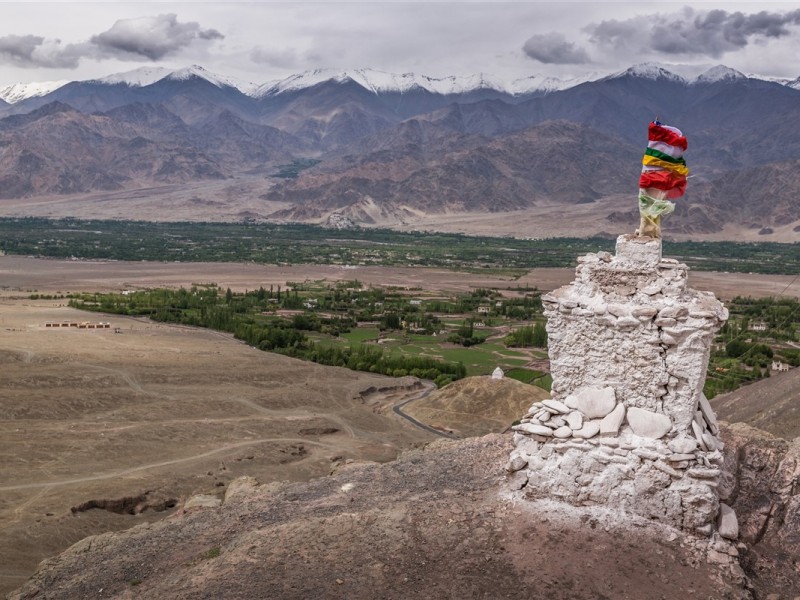


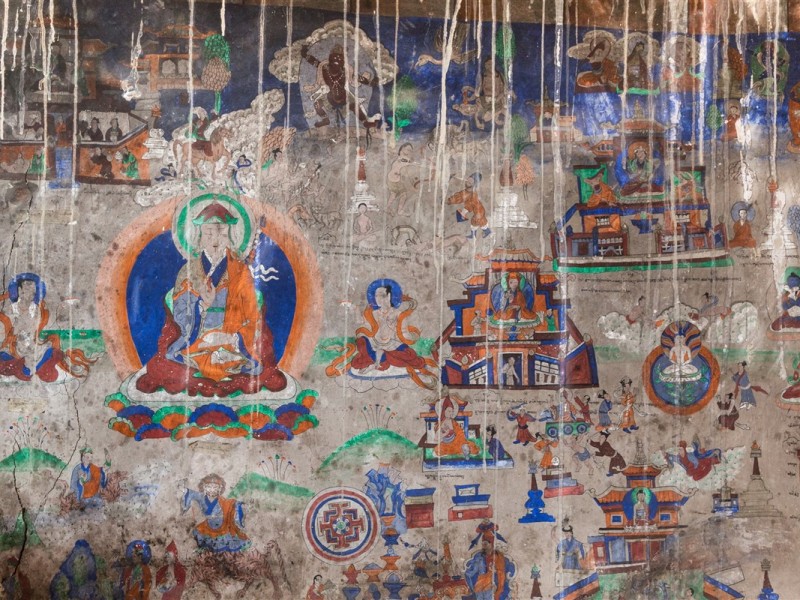
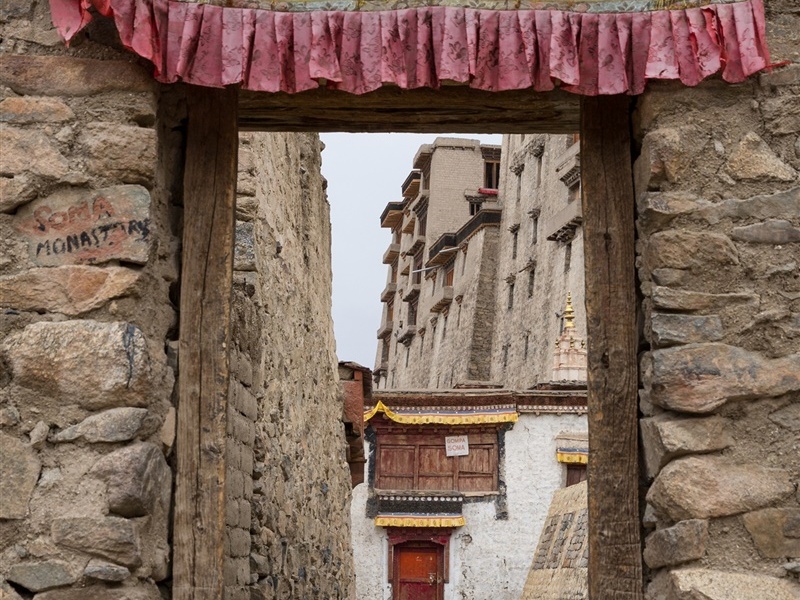


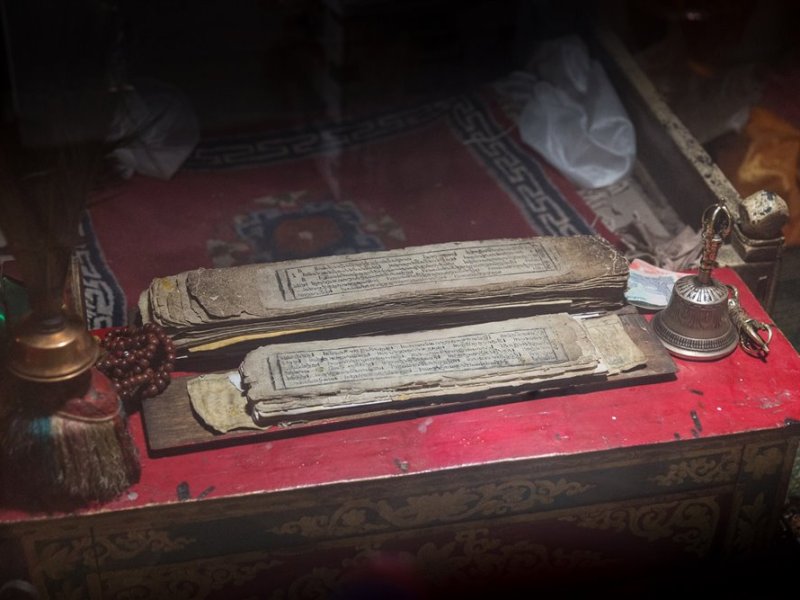











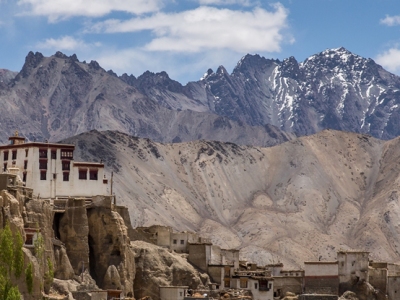



















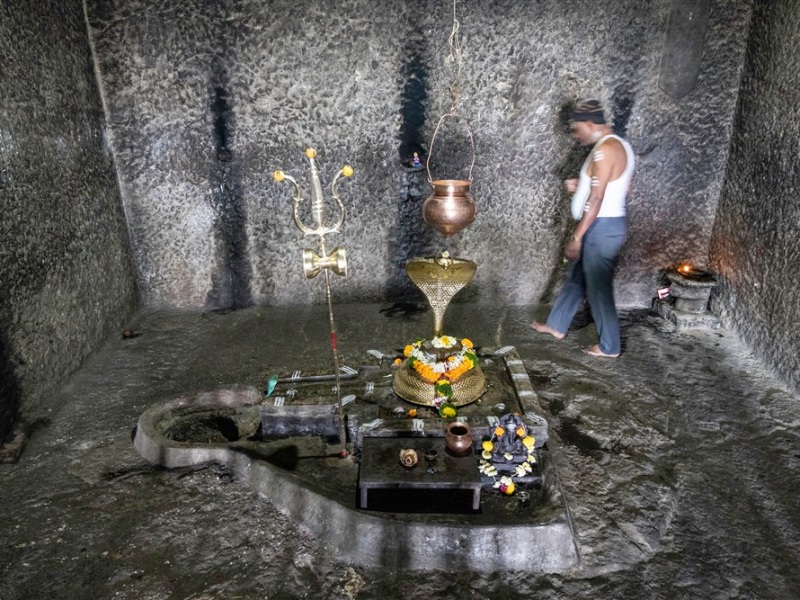






















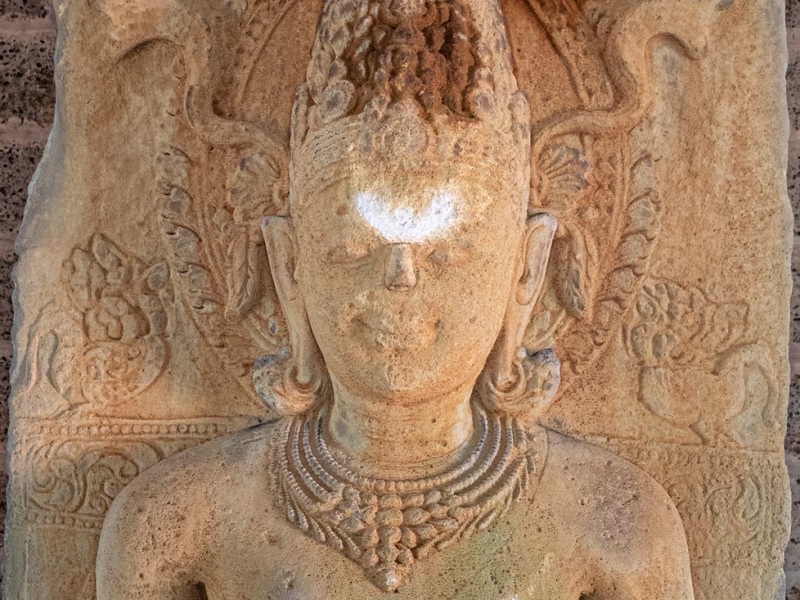



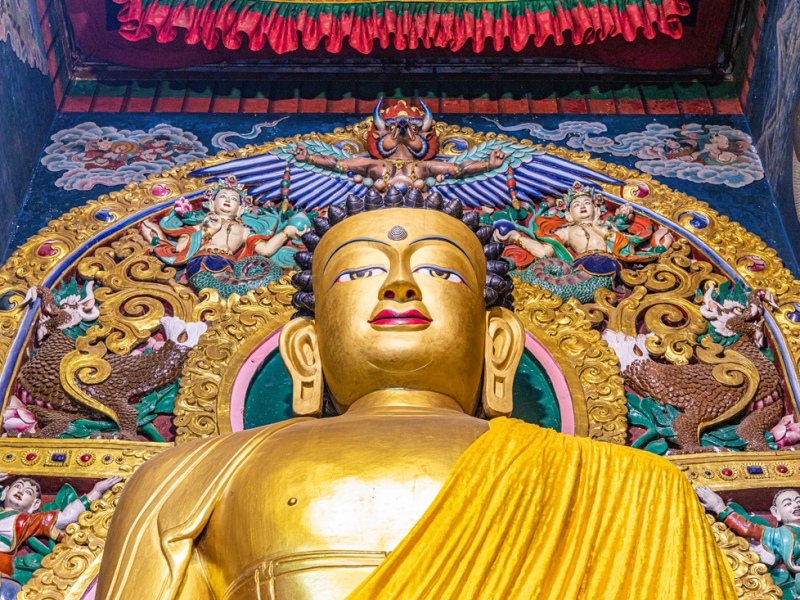








Comments